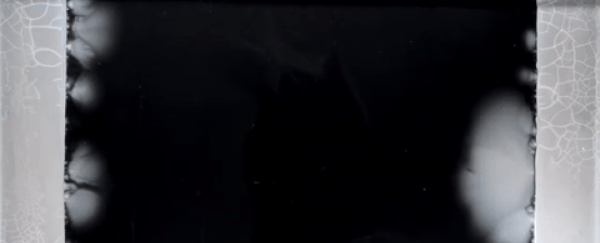Researchers have filmed E. coli growing in a giant petri dish laced with antibiotics to show just how easy it is for bacteria become antibiotic resistant.
As you can see in the video below, in the course of just 10 days, the E.coli colonies grow resistant to stronger and stronger antibiotics across several generations, eventually surviving even the strongest doses they come into contact with.
"Seeing the bacteria spread for the first time was a thrill… It's also a powerful illustration of how easy it is for bacteria to become resistant to antibiotics," said one of the researchers, Roy Kishony, from Harvard University.
The research isn't just for a cool video project - the scientists, from Harvard Medical School and the Technion-Israel Institute of Technology in Haifa, are investigating how these bacteria migrate and evolve.
"We know quite a bit about the internal defence mechanisms bacteria use to evade antibiotics, but we don't really know much about their physical movements across space as they adapt to survive in different environments," said one of the Harvard team, Michael Baym.
The petri dish plate is a 120 cm by 60 cm monster, filled with 14 litres of agar (bacterial food). The researchers have called it the 'Microbial Evolution and Growth Arena'… or the very apt 'MEGA' for short.
At each end of the MEGA, no antibiotics are added to the agar mix. But as you get closer and closer to the centre, the team added increasingly strong doses of antibiotics (either trimethoprim or ciprofloxacin). At the very centre, there's a 1,000x concentration of antibiotics.

As you can see in the video above, E. coli with no initial antibiotic resistance stops at the first line of antibiotics, unable to move any further. But as one of the colonies 'mutates' and evolves a gene (or set of genes) with a resistance to the antibiotics, it moves into the low concentration of antibiotics zone.
This continues all the way up to the 1,000x increase in concentration over a 100-day period.
The reason this occurs is because of how fast E. coli - and many other types of bacteria - replicate. In ideal conditions, E.coli divides once every 20 minutes, meaning that at each 20-minute interval, the population can double.
With such high replication rates come high mutation rates, and E. coli can also share resistant genes with its relatives using a system called horizontal gene transfer.
While the most obvious effect of this gene transfer is the rise of resistant bacteria, the footage also shows how certain non-advantageous mutations can creep into subsequent generations too.
"Analysing mutants at and behind the propagating front, we found that evolution is not always led by the most resistant mutants; highly resistant mutants may be trapped behind more sensitive lineages," the researchers concluded.
But regardless of a few unfortunate mutations making their way into the colonies, the real message here is just how robust these microorganisms can be. So robust, in fact, that it's got the medical community very worried.
In the relatively short timeframe that we've been affected by harmful bacteria, they've shown resistance to nearly all of the antibiotics we've thrown at them, and with the CDC estimating that 23,000 people die each year due to antibiotic resistant infections, this is a huge issue.
"This is a stunning demonstration of how quickly microbes evolve," said Tami Lieberman, who was a graduate student at Harvard during the research, and is now working at MIT.
"When shown the video, evolutionary biologists immediately recognise concepts they've thought about in the abstract, while non-specialists immediately begin to ask really good questions."
The research has been published in Science.
